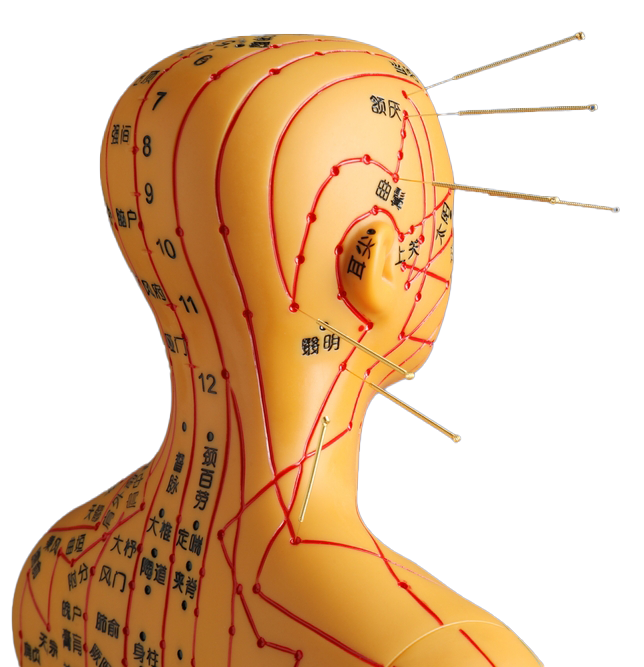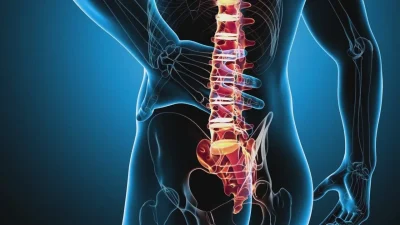- Facet joint Radiofrequency Thermocoagulation (RFT) Treatment
- Radiofrequency Thermocoagulation Dorsal root ganglion (DRG) radiofrequency thermocoagulation (RFT)
- Discitis Procedure
- Sacroiliac Joint Radiofrequency Treatment (Simplicity)
- In-Disc Ozone Therapy
- Nucleoplasty
- Transforaminal Injection (Pinpoint)
- Facet joint block
- Epidural Injection
Lumbar Sympathetic Ablation
- Home
- Leg & Foot Pain Treatments
- Lumbar Sympathetic Ablation
Contents
Toggle- Creating an individualised treatment plan
- The role of different specialities (physiotherapist, orthopaedist, psychologist, neurosurgeon)
- Pain treatment during pregnancy
- Treatment of chronic pain in the elderly
- Pain management in children
- Stress management
- Healthy eating
- Ergonomic living arrangements
- Exercise and mobility
- Facet joint Radiofrequency Thermocoagulation (RFT) Treatment
- Radiofrequency Thermocoagulation Dorsal root ganglion (DRG) radiofrequency thermocoagulation (RFT)
- Discitis Procedure
- Sacroiliac Joint Radiofrequency Treatment (Simplicity)
- In-Disc Ozone Therapy
- Nucleoplasty
- Transforaminal Injection (Pinpoint)
- Facet joint block
- Epidural Injection
- Cancer pain
- Permanent Epidural / Spinal Port Application
- Vascular Port (Permanent Vascular Access)
- Trigeminal Nerve RFT
- Blockade of Ganglion Stellatum
- Lumbar Sympathetic Ablation
- Facet joint Radiofrequency Thermocoagulation (RFT) Treatment
- Radiofrequency Thermocoagulation Dorsal root ganglion (DRG) radiofrequency thermocoagulation (RFT)
- Hernia Burning (IDET)
- Discitis Procedure
- Sacroiliac Joint Radiofrequency Treatment (Simplicity)
- Permanent Epidural / Spinal Port - Pump System
- In-Disc Ozone Therapy
- Nucleoplasty
- Peripheral Nerve Block
- Transforaminal Injection (Pinpoint)
- Facet joint block
- Epidural Injection
- Intra-articular Fluid Treatment
- Dorsal root ganglion (DRG) radiofrequency thermocoagulation (RFT)
- Spinal cord stimulation (pain pacemaker)
- Ergonomic living arrangements
- Spinal cord stimulation (pain pacemaker)
- Nucleoplasty
- Radiofrequency ablation
- Herbal solutions
- Dry needle treatment
- Anti-ageing treatments
- Ozone therapy
- Cupping therapy - Cupping
- Mesotherapy
- Prolotherapy
- Acupuncture
- Stem Cell Therapy
- Nerve blockages
- Corticosteroid injections
- Massage and relaxation techniques
- Manual therapy
- Electrotherapy
- Neuropathic pain medications
- Anti-inflammatory drugs
- Muscle relaxants
- Painkillers (paracetamol, ibuprofen, etc.)
Lumbal Sympathetic Ablationis the process of permanently or temporarily deactivating the sympathetic nerves in the lumbar region using thermal energy (usually radiofrequency waves) or chemical substances. This method is applied to reduce pain, improve circulation and treat certain disorders associated with the sympathetic nervous system.
Lumbal Sympathetic Nerves and Functions
- The lumbar sympathetic nerves are located on both sides of the spine in the lumbar region and are connected to the sympathetic nervous system.
- Functions:
- It controls blood flow to the lower limbs (legs).
- Regulates sweating and skin temperature.
- May be associated with pain transmission.
What is Lumbal Sympathetic Ablation?
This procedure aims to stop the ability of the lumbar sympathetic nerves to transmit pain or to increase circulation. The nerves are inactivated using thermal radiofrequency, cryoablation (cooling), or chemicals (phenol or alcohol). The aim of ablation is to manage pain or circulatory disorders caused by the sympathetic nervous system.
In which cases is it used?
- Pain Management:
- Complex Regional Pain Syndrome (CRPS) - especially in the lower limbs.
- Chronic neuropathic pain.
- Diabetic neuropathy.
- Reflex sympathetic dystrophy.
- Circulatory Problems:
- Raynaud's disease (legs).
- Impaired blood circulation in the legs (peripheral arterial disease).
- Tissue Damage or Injury:
- Non-healing wounds or tissue death due to lack of blood circulation in the lower extremities.
How is the Procedure Performed?
1. Preparation:
- The patient is assessed prior to the procedure and the procedure is usually performed on an outpatient basis.
- Local anaesthesia is applied; mild sedation may be used if necessary.
2. Display and Targeting:
- Fluoroscopy (X-ray) or Ultrasound With the help of the lumbar sympathetic nerves, the area where the lumbar sympathetic nerves are located is determined.
- The operation is usually performed at the L2, L3 and L4 levels.
3. Needle Placement:
- With a fine needle, the target nerves are reached under the skin on both sides of the spine.
4. Ablation Application:
- Radiofrequency Ablation (RFA): Pain transmission is blocked by applying thermal energy to the nerves.
- Chemical Ablation Phenol or alcohol is injected to stop the function of the nerves.
- Cryoablation By freezing the nerve tissue, pain transmission is disabled.
5. Completion and Observation:
- After the needle is removed, the area is sterilised.
- The patient is observed after the procedure and is usually discharged on the same day.
Advantages
- Minimally Invasive It is applied without the need for surgical intervention.
- Fast Recovery Process: Patients can usually return to their daily activities within a few days.
- Long Term Pain Control: When applied correctly, the effect can last for several months to several years.
- Targeted Treatment: Since only the sympathetic nervous system is targeted, the risk of damage to other nerve tissues is low.
- Improves Circulation: Promotes healing in the lower extremities by increasing blood flow.
Who is it suitable for?
- Chronic pain patients who do not benefit from other pain management methods.
- Patients with circulatory disorders in the lower extremities or disorders of the sympathetic nervous system.
- Individuals who are not suitable for surgical intervention or who do not prefer surgery.
Risks and Side Effects
Lumbal sympathetic ablation is usually a safe procedure, but the following conditions may rarely occur
- Infection: Possible infection at the needle entry site.
- Haemorrhage or haematoma: Especially in patients on blood thinners.
- Nerve Damage In very rare cases, nearby nerve tissues may be affected.
- Temporary numbness: Short-term numbness in the treated area.
- Circulatory Problems: Temporary imbalances in circulation in case of incorrect application.
Post Procedure Care
- It is recommended to rest for a few days after the procedure.
- There may be mild pain, bruising or tenderness at the needle insertion site.
- Bleeding or signs of infection (redness, swelling, fever) If this occurs, a doctor should be consulted immediately.
- Follow the medication and care instructions as prescribed by the doctor.
Treatment Effectiveness
- The reduction in pain is usually felt within a few days.
- The effect of the treatment can last between 6 months and several years, depending on individual factors.
- If the effect decreases, the procedure can be repeated as necessary.
Conclusion
Lumbal Sympathetic Ablationis an effective, safe and minimally invasive treatment option for patients with chronic pain and circulatory disorders. It offers an important solution to improve quality of life, especially in cases where other methods do not provide adequate results. The feasibility and benefits of this procedure should be determined after evaluation by a specialist physician.
Our treatments
- Home
- Leg & Foot Pain Treatments
- Lumbar Sympathetic Ablation





